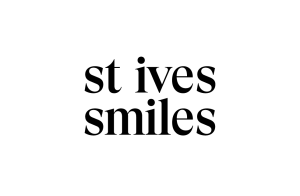International federations such as FIFA and the IOC have played a pioneering
role in the fight against doping in sport. FIFA introduced regular doping
controls in 1970 to ensure that the results of the Matches in its International
Competitions are a fair reflection of the strength of the contenders.
The fundamental aims of doping control are threefold:
a) to uphold and preserve the ethics of sport;
b) to safeguard the physical health and mental integrity of players;
c) to ensure that all competitors have an equal chance.
FIFA and its Medical Committee acknowledge their responsibility in the
fight against doping through stringent anti-doping provisions, ongoing
data collection and support for the research promoted by the FIFA Medical
Assessment and Research Centre (F-MARC). The FIFA Medical Committee has overall responsibility for implementing Doping Control at all FIFA Competitions and Out-of-Competition as well as for approving applications for therapeutic use exemptions (TUEs). It delegates the management and administration of doping tests to the FIFA Anti-Doping Unit, which coordinates the FIFA Doping Control Officers. It delegates the evaluation and the approval of TUEs to the FIFA TUE Advisory Group. FIFA follows a strategy of basing any decisions and regulations on the specifics of the game, scientific evidence and analysis of validated doping statistics.
FIFA has accepted the World Anti-Doping Code 2015 and implemented the applicable provisions of this code in these Regulations. Thus, in case of questions, the comments annotating various provisions of the World AntiDoping Code 2015 and the International Standards shall be used to construe these Regulations where applicable.
See full document










